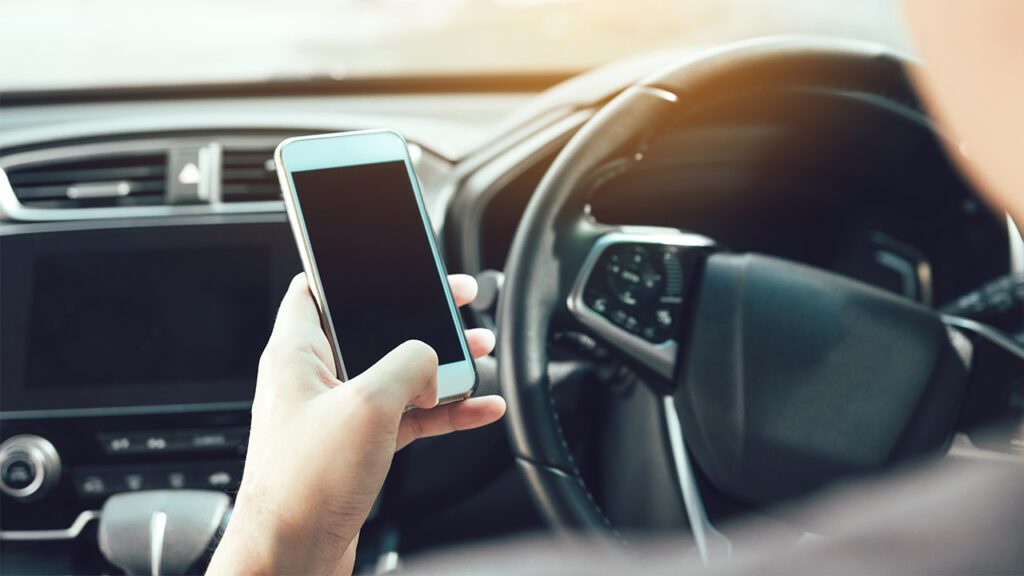Distracted driving is a rising concern on roads worldwide, but it’s not just an issue for young or inexperienced drivers. As technology becomes a more integral part of our daily lives, even older drivers face distractions that can put themselves and others at risk. From cell phones to in-car navigation systems, the challenge of staying focused while driving is real for everyone, especially older adults who may not be as accustomed to managing these modern distractions.
The Growing Problem of Distracted Driving
Distracted driving involves any activity that takes attention away from the task of driving. This can include talking or texting on a phone, using a navigation device, eating, or even fiddling with the car’s entertainment system. According to the National Highway Traffic Safety Administration (NHTSA), distracted driving claimed 3,142 lives in 2020 alone, making it one of the leading causes of accidents on the road.
For older drivers, distractions may be more challenging due to slower reaction times, potential hearing or vision impairments, and less familiarity with technology. A study by the Insurance Institute for Highway Safety (IIHS) found that older adults are generally safer drivers, but distractions caused by devices like smartphones and GPS systems can create a dangerous combination.

Phones and Other Technology: Double-Edged Swords
While smartphones are a convenient way to stay connected, they are also a significant source of distraction. For older drivers, using a phone while driving can be particularly dangerous, especially when coupled with less familiarity with texting or using apps. Studies show that drivers who text are 23 times more likely to be involved in a crash.
Beyond phones, mapping devices and in-car GPS systems can also become distractions. Many older drivers rely on navigation to travel unfamiliar routes, but taking their eyes off the road to input an address or read directions can quickly turn hazardous. Even hands-free technology isn’t entirely safe, as it can still cause cognitive distraction.
Stats on Distracted Driving for Older Adults
- According to the Centers for Disease Control and Prevention (CDC), drivers aged 65 and older are less likely to use smartphones while driving compared to younger drivers, but the increasing reliance on technology can still pose risks.
- A 2020 study revealed that older drivers are more likely to use hands-free devices than younger drivers, but hands-free technology can still lead to “inattention blindness,” where a driver’s eyes are on the road, but their mind is elsewhere.
- Research also shows that older adults take longer to refocus their attention after a distraction, increasing the time it takes to react in emergency situations.
How Older Drivers Can Stay Focused on the Road
- Limit Device Usage: Turn off or silence your phone before driving to remove the temptation of answering calls or checking messages.
- Familiarize Yourself with Technology: If using a GPS system, program your destination before you start driving and rely on voice commands to avoid looking at the screen.
- Take Breaks: If you need to use your phone or make adjustments to your navigation system, pull over to a safe location. This will reduce the risk of distractions while the car is in motion.
- Stay Educated: Many driving safety courses are available for older adults to help them adapt to new technology and learn ways to reduce distractions.
Final Thoughts on Distracted Driving
Distracted driving is a universal issue, but for older adults, it can be particularly dangerous. While technology like phones and mapping devices can be helpful, they can also create serious distractions behind the wheel. By understanding the risks and adopting safer driving habits, older drivers can stay focused, reduce the chance of accidents, and ensure safer roads for everyone.
Stay aware, stay safe, and keep distractions out of the driver’s seat!
